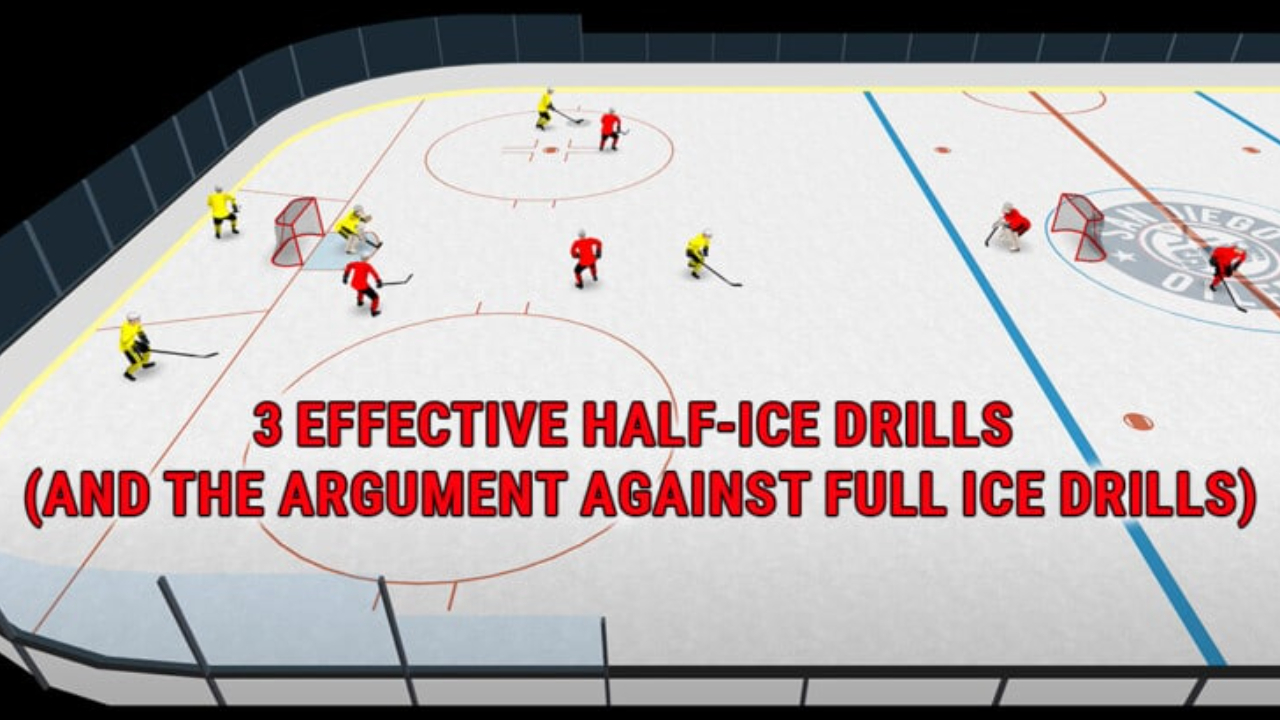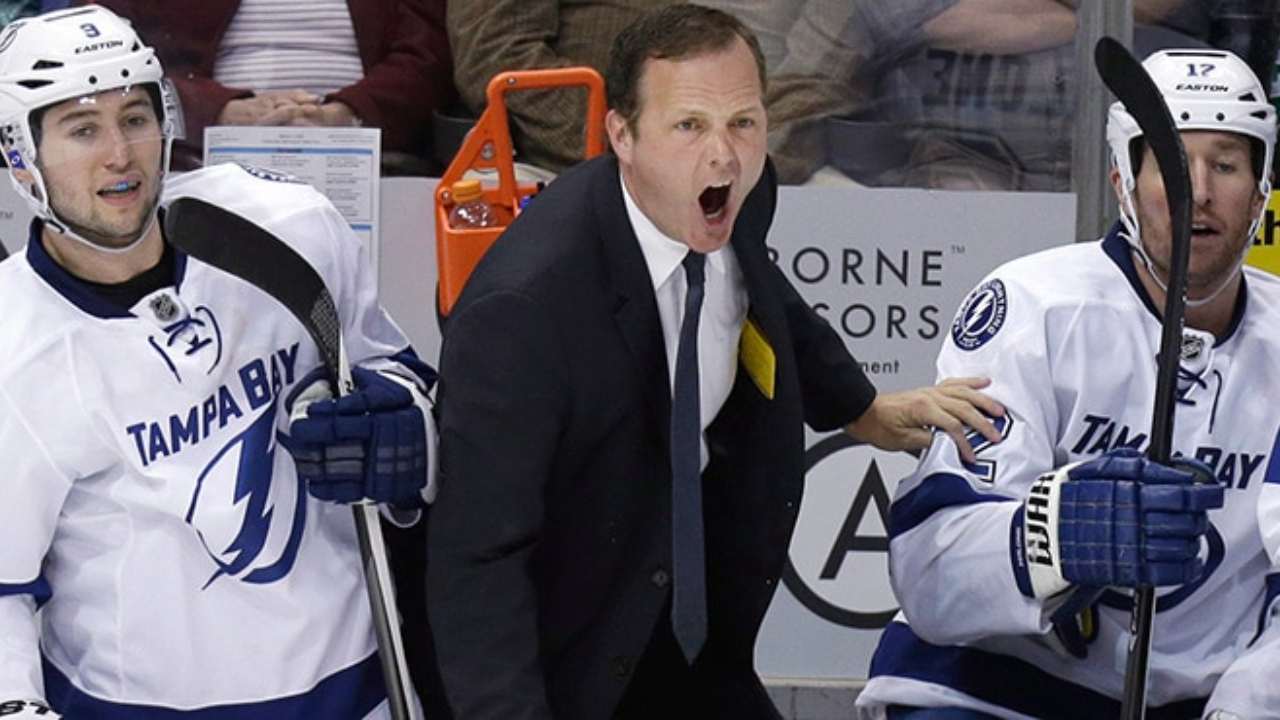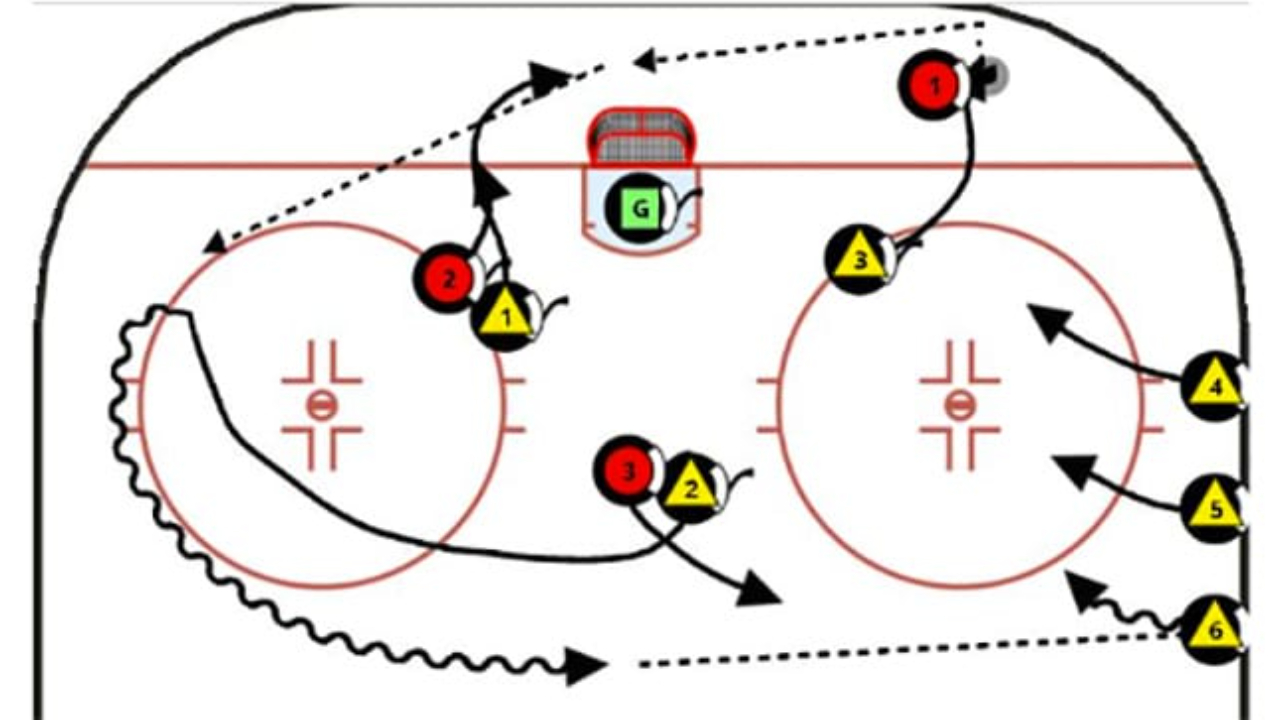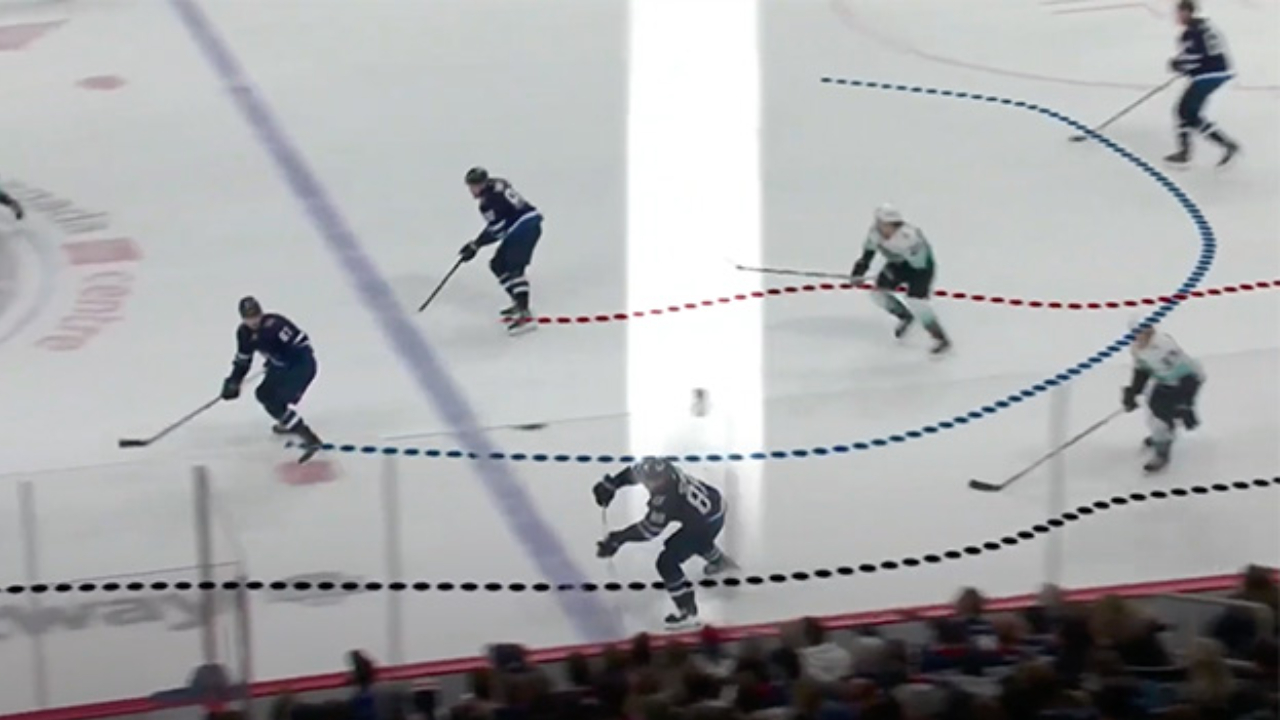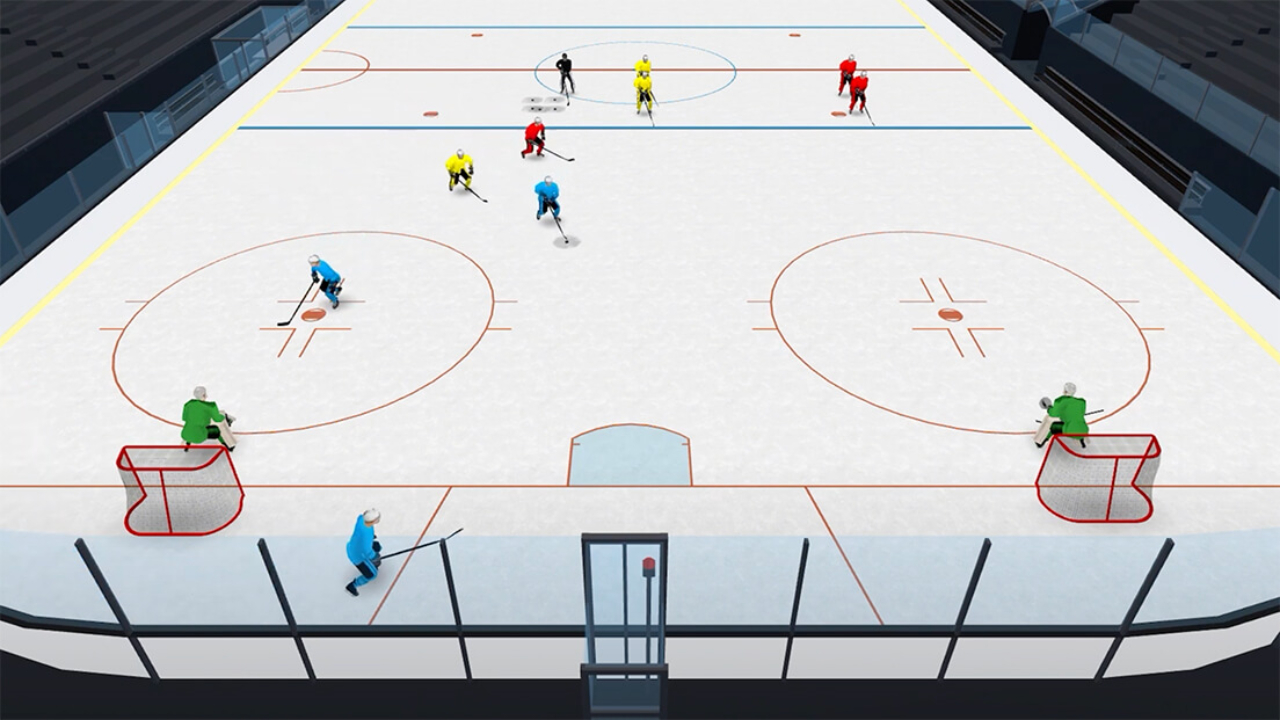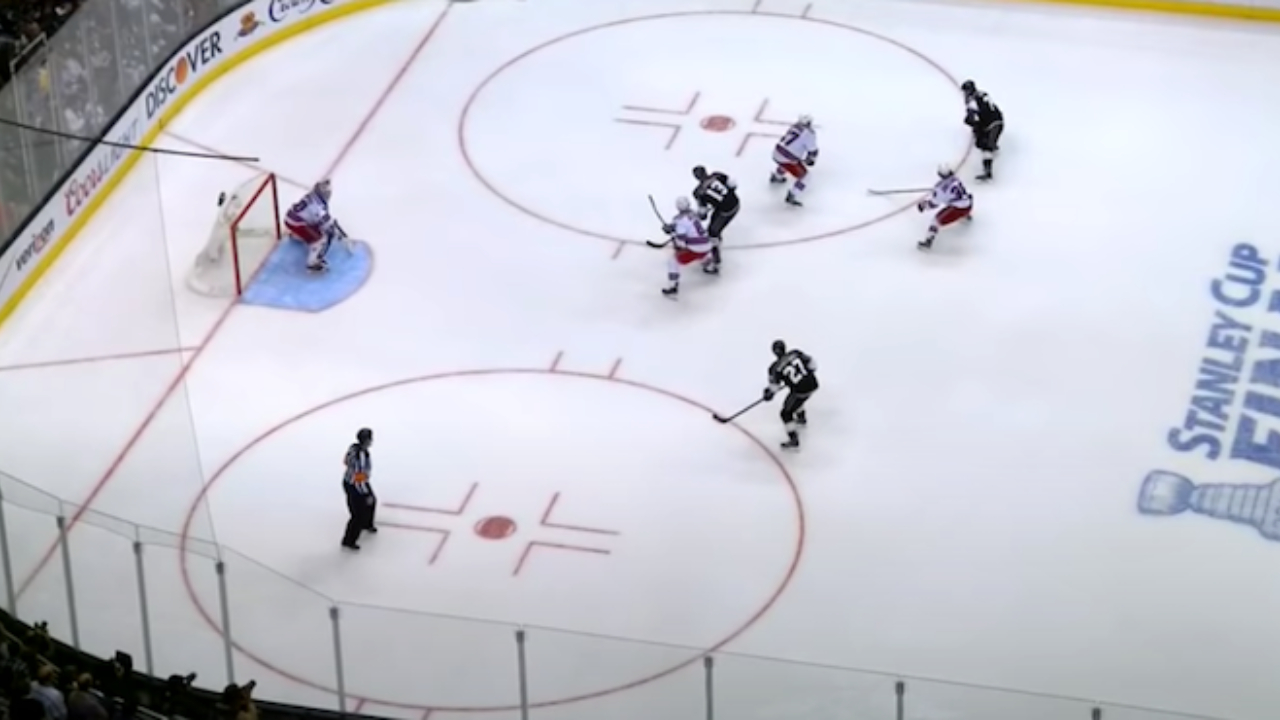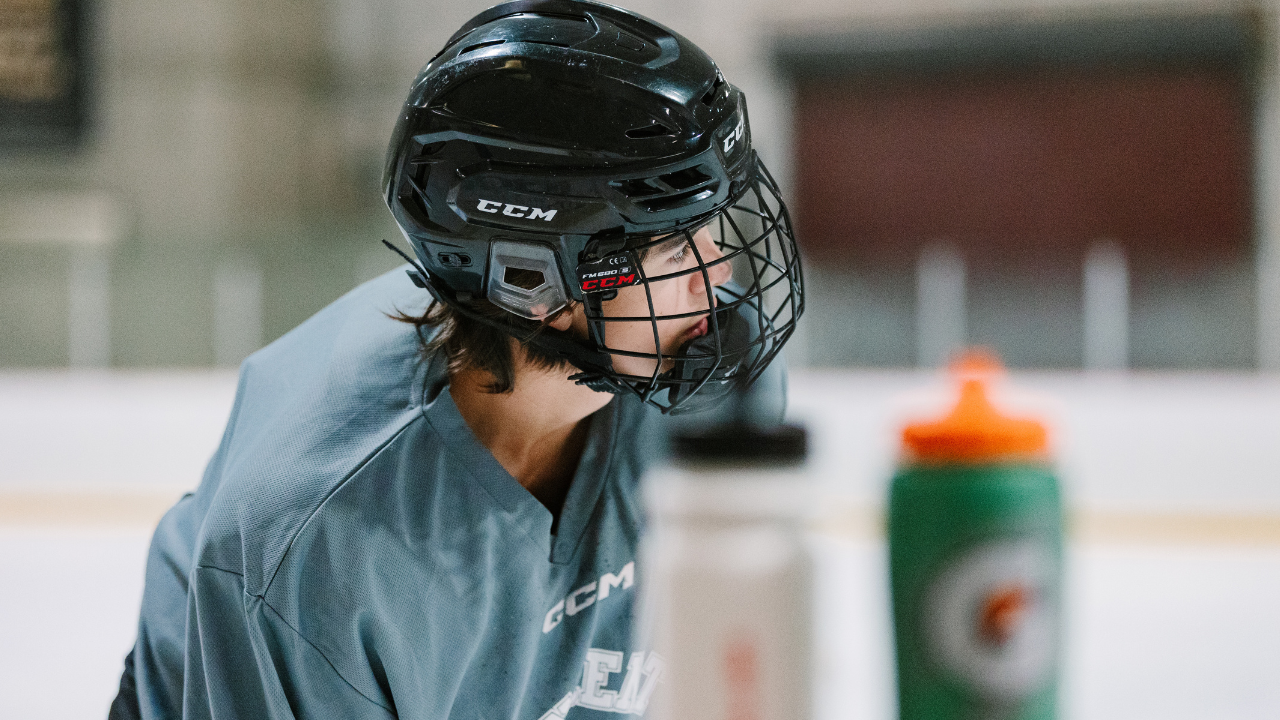
I've coached bad hockey teams and bad hockey players; no need to get into all the details and reasons. For example, last year, I did a favor for a friend and coached a JV high school team that hadn't won a game in over a year. Before that, I coached a team that I lovingly referred to as "the worst Varsity Hockey team in Columbus". What else can you call a team that hadn't won a game in 2.5 years?
My point is, I've been able introduce and use my 10 Second philosophy with teams at every level ranging from bad high school players to a Tier 3 Junior team that broke organizational scoring records. And now that my presentation from the 2025 TCS Live event is available, I wanted to address a common question I've received: How do I instill a 10-Second mentality with my team? Well, there's lots of ways to do that, but let's start at the very beginning.
Understanding the objectives
Starting with the premise that most goals are scored within first 10 seconds of an attack opportunity, we come to two basic tenets:
- We want to get a shot on goal with the first 10 seconds of an attack opportunity every chance we get.
- Shot or no shot, if we can defend the first 10 seconds of an opponent's attack, we'll be fine.
That's it. Those two items are the first things I start with when I join a team. Everything after that is just details.
And with that in mind, I start with simple things I can fix.
"If you have no place to shoot..."
Scenario 1: You have a less-skilled player who passes up clear opportunities to take a shot on goal. When asked why, they reply that they didn't think they would score.
Scenario 2: You have a talented player who passes up a clear shot opportunity. When asked why, they reply that they didn't have a hole to shoot for.
Scenario 3: You have a skilled player who has a clear opportunity to shoot the puck, but instead, they attempt a pass to an open teammate on the backdoor. However, the puck had to get through 4-6 skates and 2-3 sticks before it even reaches the teammate. Of course this play doesn't work and we end up without a shot on goal.
Scenario 4: You have a talented player who is driving wide and is covered by a defender. The player gets a shot off, looking to pick a top corner. Instead, the puck sails high over the net, hits the glass, and kickstarts the other team's breakout.
How many times have you seen any of those scenarios play out? All four of the scenarios end up with missed opportunities and wasted chances. How do I fix it? Well, I have a simple phrase: "If you have no place to shoot, you have one place to shoot... Five-Hole."
I encourage my kids to shoot 5-hole on the goalie. The advice may seem odd, but I inform my players that four things happen when you shoot five-hole on a goaltender and none of them are bad:
- Even if you miss the Five-Hole, you cannot miss the net. You will almost always hit the goalie.
- If the goalie makes the save and covers it, that's an offensive zone face-off.
- If the goalie makes the save and he doesn't cover it - Great! You just created a rebound opportunity.
- The goalie doesn't make the save. Congratulations, you just scored a goal.
** Put it into practice: On our team, we have a rule that if you miss the net during a warm-up drill, you have to drop and do 10 push-ups when you get back in line. I tell my players that an easy way to not do push-ups is to hit the goalie in the pads.
"Find a body."
Scenario 1: Your defense is scrambling from a dangerous rush, or a high pressure possession. The puck is loose near the goalcrease and one of your players can get to it. Everyone on the bench screams "Get it OUT!!!!", so the player tries to send the puck up ice to clear the zone. Now how many times does that puck actually get out versus how many times does it end up on the opponent's stick?
Most coaches would simply tell their players to not panic, but that's counter-productive. Kids have heard "Get it out!" so often and for so long, throwing the puck up ice is an instinct.
My answer? I tell my players that it's okay to panic; that it's normal. But, "If you're going to panic, panic to the corner."
Putting the puck in the corner is a reset. No one just hangs out in the corner, so at best, you create a 50-50 situation. At worst, the opponent does get to it first. But, the opponent can't score from the corner, so you've bought yourself some breathing room. From there, the players should "find a body" to cover and get back into proper defensive coverage.
Scenario 2: The opponent's are on a zone rush, but you have bodies back. Once the initial rush has settled, you look and you realize that 5 of your players are low, beneath the dots. Now your opponents have the puck and space at the top of the zone.
We always teach our skaters that when they backcheck, we need to protect "the house". So we fill through the middle of the ice and then expand outward from there. The issue is that when the puck gets deep, the defensive players tend to sag towards the net. This is how we end up with 5 players low in the zone.
The fix? Remind the players that when they are backchecking, even though they are filling through the middle, they need to keep their head on a swivel and "find a body". It's not enough to just be in the middle of the ice; players need to find the nearest opponent and make sure they are not an option.
Ultimately, these are a couple of common issues at all levels of the sport. If we can change the way our players view these high leverage situations, we can start to change these scenarios to benefit the team. And believe it or not, this will immediately help with your 10-Second process without changing anything you're doing.

